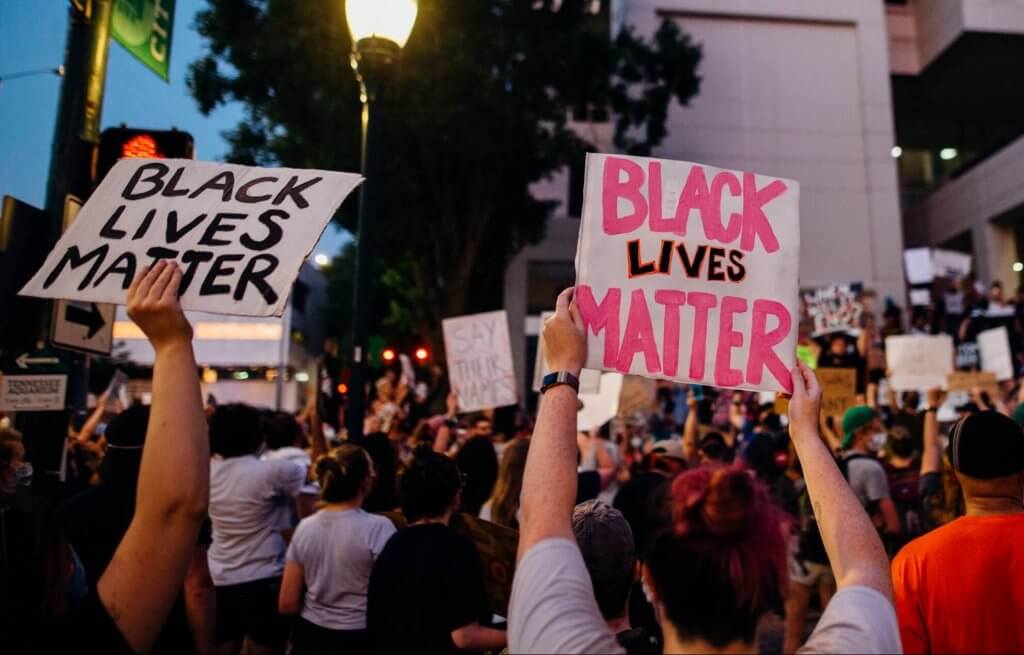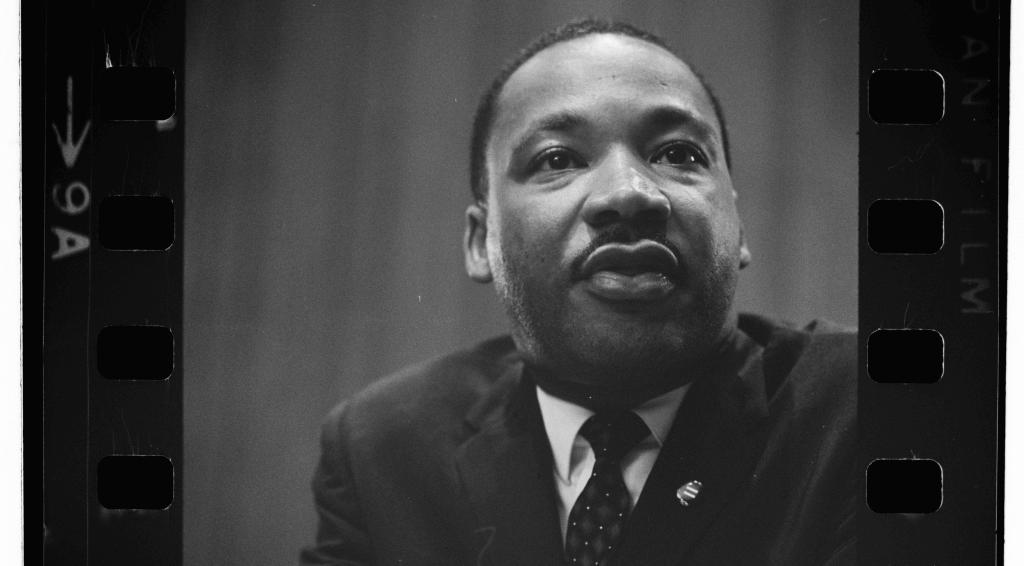For Friends of the Children, Black Lives Matter Is More Than a “Moment”
In the wake of the tragic murders of George Floyd, Breonna Taylor, Ahmaud Arbery, and too many other Black Americans, nonprofits and other organizations have begun to take stock of their approach to racial equity. Many of them have posted statements pledging to do better. Friends of the Children, a high-performing nonprofit that empowers youth who face tremendous obstacles, decided to go deeper. Friends of the Children created a three-pronged plan that focuses on advancing two of its core values: “Put Children First” and “Demand Equity.” It also asked each of its 22 locations to explore how they could drive substantive change in their communities.
Friends of the Children’s proactive approach — undertaken even as it scrambled to adjust its work in the midst of the COVID-19 pandemic — has much to offer any organization striving to turn its statement expressing support for the Black community into real-world change.
Building a foundation
Friends of the Children was founded back in 1993 by Duncan Campbell, who was himself an “at-risk” child. “Both of my parents were alcoholics,” he explained. “We were on welfare, living in a tough neighborhood in Portland, Oregon. My dad was in prison twice.” But Campbell had some good fortune, too. “In the face of chaos at home,” he told me when I interviewed him for my book Engine of Impact (co-authored with Bill Meehan), “I was fortunate to have profound, shaping influences by other caring adults in my life who encouraged and mentored me, and this was transformational. I landed on my feet and went on to have a successful career working in the private sector.”
A youth from the Friends of the Children–Austin chapter enjoys time on the playground with his Friend
Photo: Matthew So
Campbell became convinced that the best way to help children with troubled and unstable backgrounds was through enduring mentor relationships, and he used the fruits of his business success to establish Friends of the Children. Many mentoring programs depend on volunteers. But Campbell decided that Friends of the Children would instead employ and train salaried professional mentors who could provide a high level of quality and consistency. The Friends of the Children model derives from that decision: Mentors, known as “Friends,” work with kids over a 12-and-a-half-year period. Children selected for the program, who come from the most adverse circumstances, benefit from that kind of sustained commitment.
Campbell was determined to ensure that Friends of the Children’s work would be evidence-based. “Given my childhood,” he told Leap of Reason, “everything starts with reality for me. Whatever I was going to do for children, I knew it had to be grounded in real data and real outcomes.” Today, Friends of the Children regularly measures results by working with an outside evaluator. (It also participated in a multisite, longitudinal randomized controlled trial funded by the National Institutes of Health, the Edna McConnell Clark Foundation, and the Robert Wood Johnson Foundation.)
And Friends of the Children generates strong outcome data: 83 percent of Friends of the Children youth graduate from high school (or receive a GED); 98 percent wait until after their teen years to become parents; 93 percent remain free from involvement in the juvenile justice system; and 92 percent enroll in post-secondary education, serve in the military, or join the workforce.
Duncan Campbell, Founder, Friends of the Children (L) and Terri Sorensen, CEO, Friends of the Children (R)
Photo: Friends of the Children
Meeting the moment
Friends of the Children has always served people of color. According to CEO Terri Sorensen, 88 percent of the youth in its program identify as people of color (with 60 percent identifying as Black or African American, or as multiracial) and 68 percent of its program staff identify as people of color.
“When I talk to Duncan,” Sorensen continued, “he says, ‘This is work we have been doing all along,’ and that is true.” The recent focus on Black Lives Matter has led Friends of the Children to ask what more it can do on the national level to end the structural racism that exists in education, juvenile justice, child welfare, and mental health systems. Friends of the Children is taking this work further by creating a racial equity working group that includes 46 percent of its board members. Previous equity work facilitated the creation of this group. Several years ago, Friends of the Children made a deliberate decision to increase the racial and ethnic diversity of its board. “It was incredibly important that we bring` more diverse voices to the table who represent the youth we serve,” Sorensen explained, a combination of “‘putting children first’ with our ‘demanding equity’ value is how we approach Black Lives Matter.”
An adolescent and her Friend talking together from the Friends of the Children–Boston chapter
Photo: Matthew So
Friends of the Children has taken steps internally as well, like creating a staff focus around racial equity, questioning how racial bias might have affected its policies, and auditing itself. Under the leadership of chief program officer Carmi Brown, a staff-led racial equity working group has begun to work on what Friends of the Children calls “asset framing.” This effort, said Sorensen, is based on the work of BMe Community, an organization that strives to present Black and brown people in a positive light by shifting the narrative away from such topics as poverty and prison and by focusing on positive contributions that Black and brown people make to society.
Finally, Friends of the Children is working with BMe to strengthen its advocacy within systems that impact its youth. Friends of the Children is also creating a new chief officer of racial equity position to help make decisions, align chapters, and communicate with stakeholders on racial equity issues. “We’ve always thought it would be great to do this,” said Sorensen, “but [the current focus on racial justice] spurred us to act.”
Supporting a movement
All of Friends of the Children’s 22 locations are working with the national organization to advance racial equity while also crafting and implementing their own approaches to this issue. For Gary Clemons, executive director of Friends of the Children–New York, doing this work is both a professional and a personal commitment. Clemons joined Friends of the Children in 2008 as a Friend in its Portland chapter and quickly worked his way up in the organization. He is also a Black man who grew up in a community with high unemployment rates, lack of social services, and under-resourced schools, which attributed to his experiences with gangs and homelessness. Having overcome these obstacles to become a passionate advocate for marginalized communities, Clemons is determined to make the most of the current nationwide focus on racial justice. “I’m 44,” he said, “and for the first time in my life I feel like there could be change. … I have made a pact with myself: We want to make sure this is not a moment — it is a movement.”
Gary Clemons, Executive Director, Friends of the Children–New York
Photo: Friends of the Children
Under Clemons’s leadership, Friends of the Children–New York is working to implement and scale an anti-racism framework that starts by changing the narrative around race. “A lot of times, when we talk about Black and Latinx people, we talk about them in such a negative way, or we do it through the lens of whiteness. … There’s so much richness in those two cultures, and we want to make sure we bring it to life,” he said. It is also essential to change this narrative in the minds of Black and brown youth. When he was working as a Friend, Clemons recalled, he knew from experience that his youth didn’t feel affirmed by our society and made it a point to tell them what they were doing right. “I told them how great they were,” he explained, “and how great their caregivers were, to reaffirm their identities.”
Equally important, Clemons seeks to expand the definition of “racism.” “The country has been stuck in a 1960s version of racism, which is just [about] color,” he explained. “You need to talk about institutional racism, but you also have to talk about culture — how someone talks, dresses, looks. We demonize certain parts of Black or Latinx culture that are furthest from whiteness, and we need to think about it in a more expanded way.” Clemons offered guidance on how organizations like Friends of the Children can begin that process: “Highlight all aspects of Black and brown culture, and, as an organization, make sure that we tell positive stories around youth and communities we serve and talk more about systemic issues that act as barriers for them…. Families have been part of a racist system for a long time, so we see symptoms but not the root causes.”
A youth and his Friend from the Friends of the Children–Los Angeles chapter
Photo: Friends of the Children–Los Angeles
Addressing these causes, said Clemons, entails advocating for policy change; partnering with systems — including criminal justice, foster care, and education — that are often punitive toward Black and brown children; and mobilizing resources for Black and brown communities. And, he noted, even organizations like his own, with a long history of serving Black and brown people, need to consider how they may reflect the values of a society centered on whiteness. “Whatever is in your mission,” he concluded, “figure out what you can do to influence change. We can all contribute to changing the narrative.”
Originally published in Forbes.

